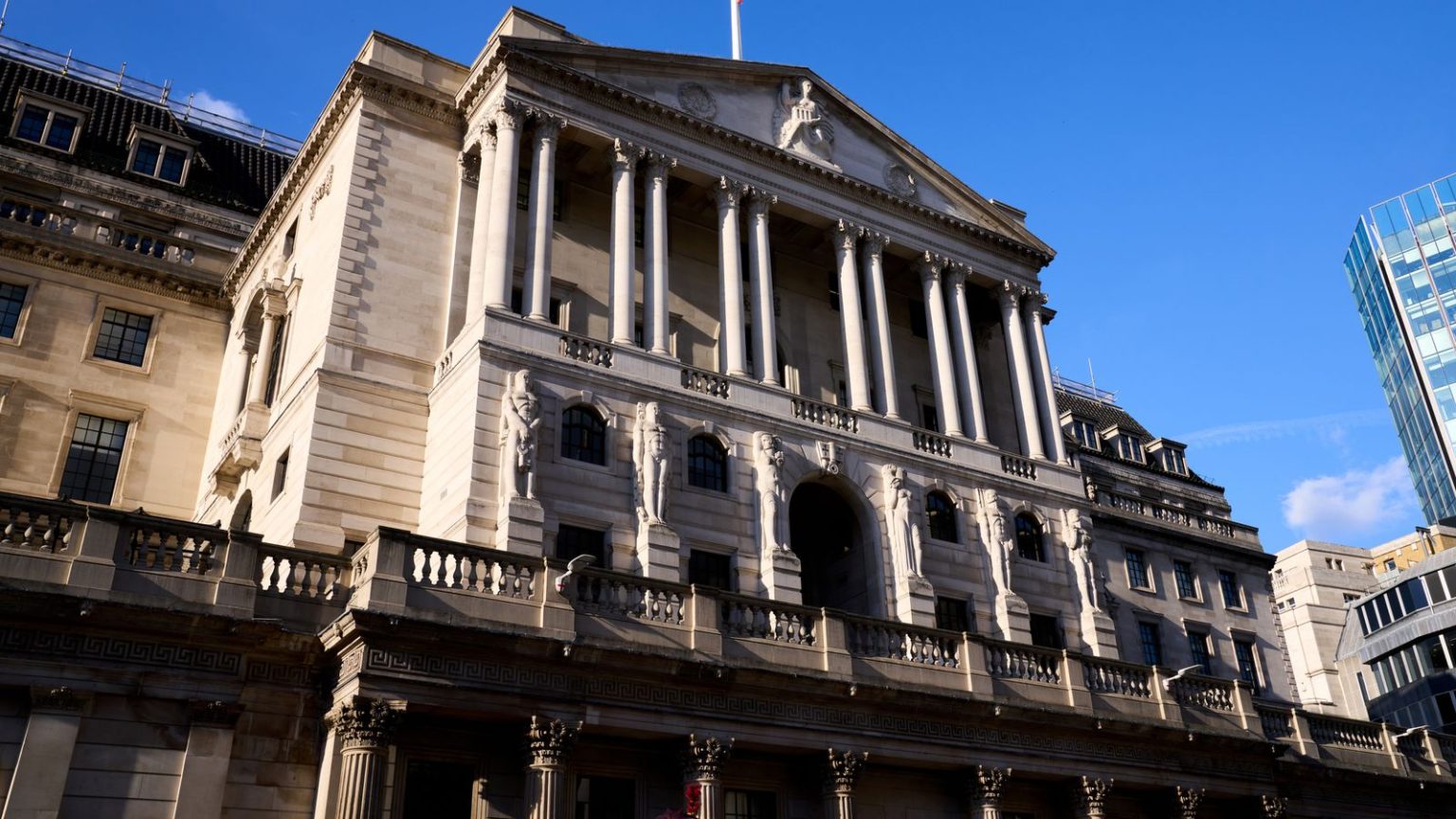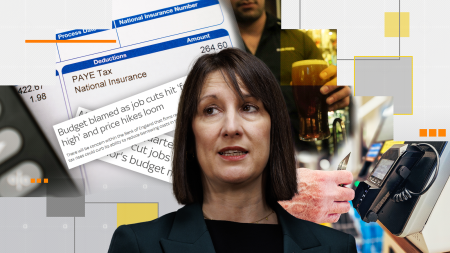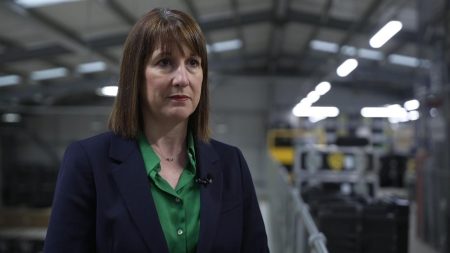Inflation on the Rise: A Temporary Hump or a Cause for Concern?
Inflation in the UK has surpassed expectations, rising to 3% in January, up from 2.5% the previous month. Despite this surge, the Bank of England remains steadfast in its approach to interest rates, viewing the increase as a temporary "hump." Analysts and policymakers alike predict that inflation could climb even higher, potentially reaching 3.7% later in the year, further straying from the Bank’s 2% target. However, there is optimism that this upward trend will stabilize and eventually return to the desired level. The recent spike in inflation was largely driven by unexpected increases in airfares and a rise in VAT on private school fees. These factors are seen as transient and, therefore, unlikely to sway the Bank of England from its current monetary policy stance.
Understanding the Drivers of Inflation: A Closer Look
The increase in airfares is attributed to an erratic comparison with the same period last year, while the VAT rise on private school fees is a more structural change. However, the Bank of England is not overly concerned about these fluctuations, as they are considered short-term and volatile. Food prices, which are known to be erratic, have also contributed to the rise in inflation. Policymakers are likely to "look through" these increases, focusing instead on more stable indicators of underlying inflationary pressures. Core CPI inflation, which excludes volatile components like food and energy, rose from 3.2% to 3.7%, aligning with forecasts and suggesting that the Bank of England’s measured approach is appropriate.
The Role of Services Inflation and Economic Growth
Services inflation, which offers a more accurate reflection of domestic price pressures, increased from 4.4% to 5%, slightly below the Bank of England’s forecast of 5.2%. This suggests that while inflation is above target, it is not spiraling out of control. The Bank of England is likely to maintain its cautious approach to monetary policy, balancing the need to control inflation with the challenges posed by weak economic growth. The Monetary Policy Committee (MPC) faces a delicate balancing act, as evidenced by the fact that two members recently voted for a more aggressive 50 basis point interest rate cut. While another cut is unlikely next month, further rate reductions are expected later in the year.
Wages and Energy Prices: Key Factors in the Inflation Outlook
Despite the Bank of England’s optimism, there are risks that could push inflation higher than anticipated. Wage growth is at its fastest pace in three years, and rising energy prices are expected to contribute to higher inflation in the near term. However, policymakers believe that weak economic growth will eventually temper wage pressures, easing inflationary pressures. This view is not without its challenges, as the "inflation tiger" has proven to be unpredictable in recent years. Geopolitical risks, such as the U.S. president’s tariffs policy, further complicate the outlook. Rob Wood, chief UK economist at Pantheon Macroeconomics, warns that the risks are skewed toward higher-than-expected inflation this year.
The Bank of England’s Strategy: Holding Its Nerve
The Bank of England’s strategy hinges on its ability to hold its nerve and stick to its plan. While inflation is above target, the weak economic growth and stalled job market suggest that the MPC should continue to support the economy through lower interest rates. However, with wage growth running at around 6% year-over-year—more than double the rate consistent with 2% inflation—there are concerns that further rate cuts could be risky. Wood describes the MPC as "brave" if it continues to cut rates quarterly while inflation remains well above target. Despite these concerns, most analysts expect the Bank of England to implement two more rate cuts this year, likely in May and November.
Conclusion: Navigating the Uncertain Landscape
In conclusion, the UK’s inflation landscape is complex and uncertain. While the Bank of England is confident that the current rise in inflation is temporary, there are valid concerns that underlying pressures could persist. The interplay between wage growth, energy prices, and geopolitical risks creates a challenging environment for policymakers. The MPC’s decision to maintain a measured approach and implement further rate cuts reflects its belief that weak economic growth will ultimately bring inflation back under control. However, as the past has shown, inflation can be an unpredictable force, and the Bank of England will need to remain vigilant in the months ahead.















